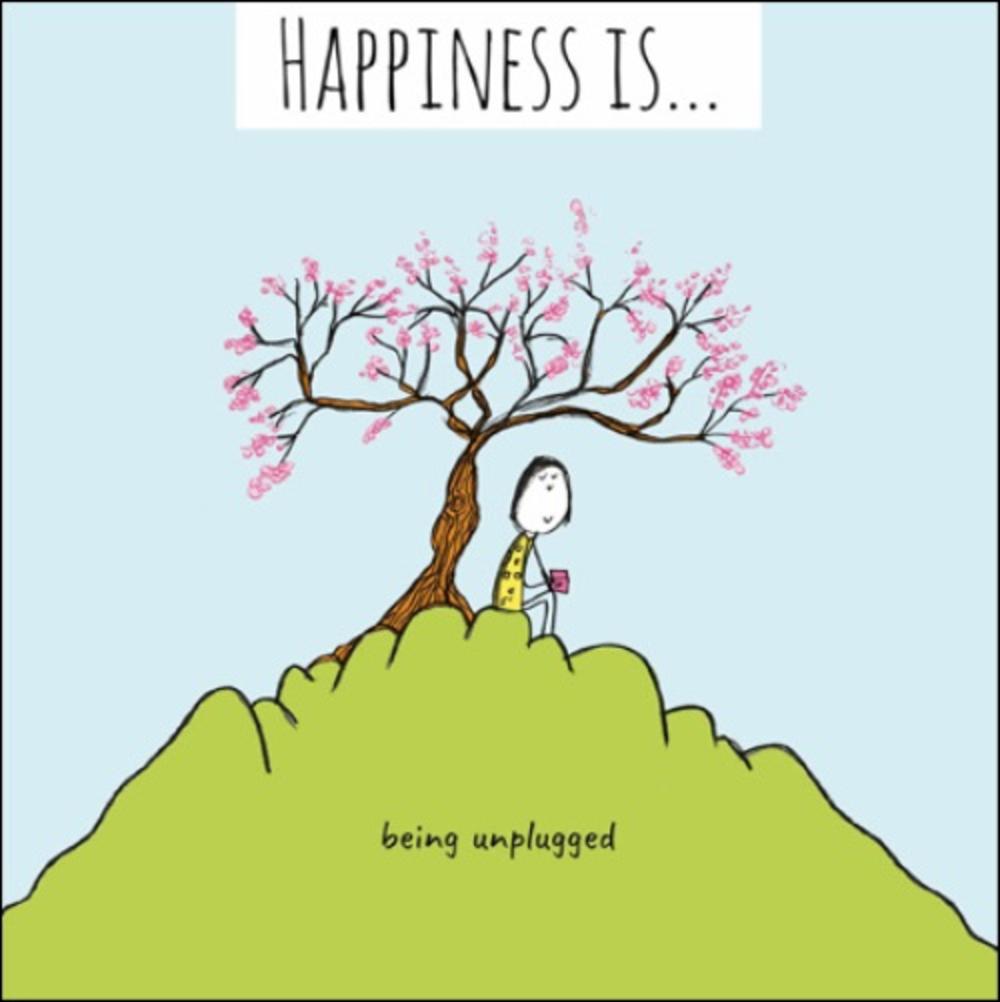“A recent study found that in 2021, tweens (ages 8-12) spent about five and a half hours a day on screens, while teens (ages 13 to 18) spent about eight and a half hours a day on screens (Moyer, 2022). Recent data released by the National Survey of Children’s Health found that in 2020 only 19.8% of school-aged children were physically active for at least one hour per day (Lebrun-Harris et al., 2022).”

We can, we must, do better than this.
“Free swim is a magical time. This summer at camp, I would often join boy’s camp for their daily afternoon swim on the shores of Center Lake. While there was some structure during free swim – you were required to check in with at least one buddy into a designated swim area supervised by lifeguards – every camper utilized that time differently. Some kids elected to play in the shallow water and build elaborate sandcastles and water channels. Other boys spent the entire free swim jumping on the trampoline or sliding down the waterslide. Older kids would usually check into the deeper swim areas, kayak, or play water basketball. Older and younger campers would often pair up and play together. Many kids would check into and out of different areas of the waterfront to engage in different types of play throughout the hour. Protests were often heard when the final whistle blew signaling the end of free swim, especially from the boys finishing their sandcastles.
This behavior during free swim might not seem extraordinary, and yet, our youth are spending less time engaging in self-directed play and more and more time on screens. A recent study found that in 2021, tweens (ages 8-12) spent about five and a half hours a day on screens, while teens (ages 13 to 18) spent about eight and a half hours a day on screens (Moyer, 2022). Recent data released by the National Survey of Children’s Health found that in 2020 only 19.8% of school-aged children were physically active for at least one hour per day (Lebrun-Harris et al., 2022). How is this affecting our kids? And why is it essential to provide kids spaces, like camp, where they can play and create together without the distractions of modern technology?
Social Media and Youth Mental Health

In 2007, Apple first released the iPhone and by 2012 had sold about 270 million units, equivalent to the population age 10 and older in the United States at that time. Translation – smartphones proliferated very quickly into modern society. And today there is a growing body of research that suggests heavy social media use is adversely impacting youth development.
According to Dr. Michael Rich, Associate Professor at Harvard Medical School, kids’ developing brains make it harder for them to limit their time on screens. Social media utilizes the same variable reward system that makes gambling so addictive. Unlike adults, a “young person’s brain lacks a fully developed self-control system to help them with stopping this kind of obsessive behavior” (Ruder, 2014). In a 2022 Pew Research Center study of American teenagers, 35% responded that they were using one of the top five social media platforms (YouTube, TikTok, Instagram, Snapchat, or Facebook) online “almost constantly” (Vogels et al., 2022). And with the proliferation of smartphones and social media, rates of juvenile anxiety and depression have risen. From 2016 to 2020, researchers analyzing data from the National Survey of Children’s Health found that rates of anxiety and depression increased 29% and 27%, respectively, for children ages 3-17 (Lebrun-Harris et al., 2022).

Dr. Jonathan Haidt, a social psychologist and Professor of Ethical Leadership at the NYU Stern School of Business, and Dr. Jean Twinge, Professor of Psychology at San Diego State University, have been compiling research about the links between social media and adolescent mental health. Through their work, they have found that many studies, using a variety of methods, suggest a strong link between heavy social media use and poor mental health, especially for girls (Haidt & Twenge, 2022).
Haidt also notes that Instagram especially magnifies pressures for teens. “Social media—particularly Instagram, which displaces other forms of interaction among teens, puts the size of their friend group on public display, and subjects their physical appearance to the hard metrics of likes and comment counts—takes the worst parts of middle school and glossy women’s magazines and intensifies them” (Haidt, 2021). Teens especially, can obsess over what they post on platforms like instagram, “even when the app is not open, driving hours of obsessive thought, worry, and shame” (Haidt, 2021).

Dr. Jenny Radesky, Assistant Professor at University of Michigan Medical School, focuses her research on the intersection of mobile technology and child development. Radesky (2018) surveyed a thorough study that suggests high-frequency digital media use is linked to an increase in new ADHD symptoms amongst teens, and researchers are also finding that heavy social media use leads to an increase in narcissistic behavior (James et al., 2017).
On a more hopeful note, there is also evidence that teens get relief when they take a break from social media. Many experiments have shown that reducing or eliminating social media use for a week or more improves your mental health (Haidt, 2021). And luckily, millions of kids each summer are doing just that.”
By Zach Friedman
References
Blahey, L. (2021, August 04). The Power of Play: 6 Benefits for Child Development
Conklin, H. G. (2015, March 03). Playtime Isn’t Just for Preschoolers-Teenagers Need It, Too
Gray, P. (2014, June 13). The Decline of Play
Haidt, J., & Twenge, J. (ongoing). Social Media and Mental Health: A Collaborative Review
James, C., Davis, K., Charmaraman, L., Konrath, S., Slovak, P., Weinstein, E., & Yarosh, L. (2017). Digital life and youth well-being, social connectedness, empathy, and narcissism. Pediatrics, 140(Suppl 2), S75.
Lebrun-Harris LA, Ghandour RM, Kogan MD, Warren MD. Five-Year Trends in US Children’s Health and Well-being, 2016-2020. JAMA Pediatr. 2022;176(7):e220056. doi:10.1001/jamapediatrics.2022.0056
Moyer, M. W. (2022, March 24). Kids as Young as 8 Are Using Social Media More Than Ever, Study Finds
Radesky, J. (2018). Digital media and symptoms of attention-deficit/hyperactivity disorder in adolescents. Jama, 320(3), 237–239.
Rideout, V. & Foehr, U. & Roberts, D. (2010). Generation M2: Media in the Lives of 8- to 18-Year-Olds. Henry J. Kaiser Family Foundation.
Shafer, L. (2018, June 12). Summertime, Playtime
Vogels, E., Gelles-Watnick, R., & Massarat, N. (2022, August 10). Teens, Social Media and Technology 2022
Zachary Friedman is a teacher and educator who is passionate about facilitating immersive, outdoor educational programming with youth and families and connecting people to the natural world. In 2017, Zach founded a nonprofit farm and wilderness summer camp in California. He has also run community and youth programming at an urban farm in Berkeley, California and taught middle school science in New York City. Zach graduated Tufts University in Medford, Massachusetts with a B.S. in Chemistry and received his Masters of Science in Nonprofit Leadership from the University of Pennsylvania. At UPenn, he has also served as an Assistant Instructor for the course Empowering Nonprofit Leaders to Thrive. In his spare time, Zach enjoys gardening, backpacking, and playing guitar.

